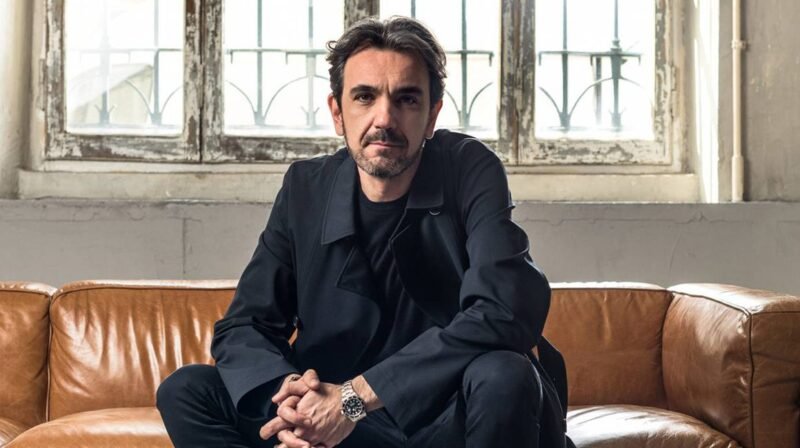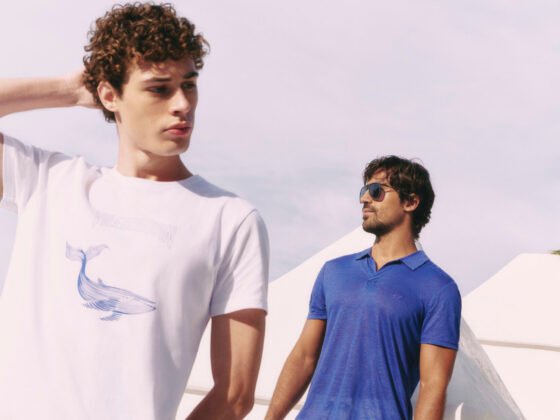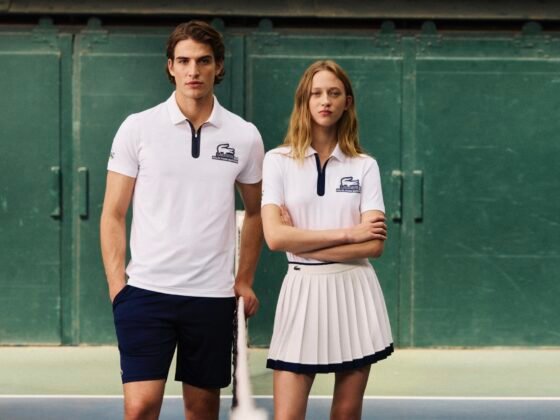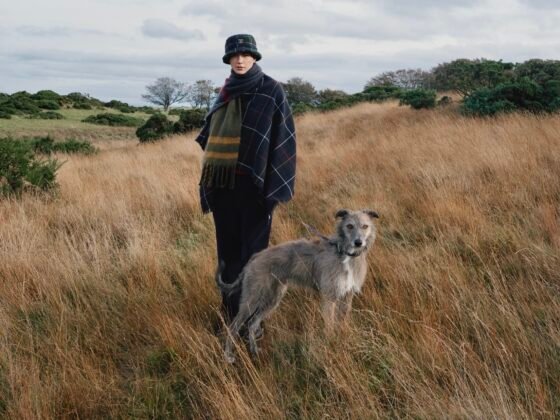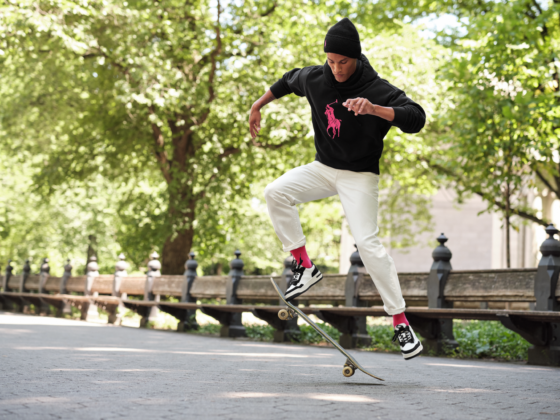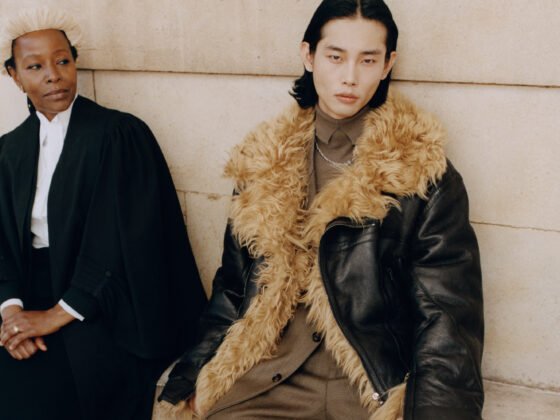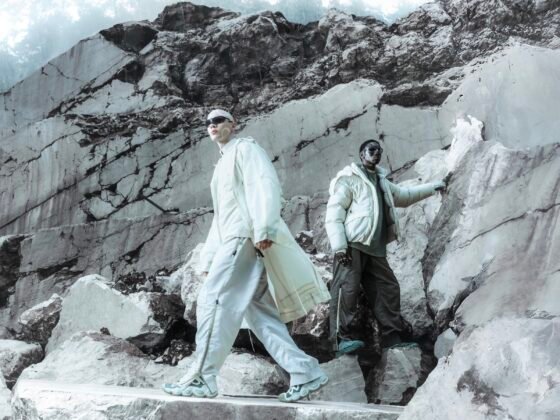With his extensive experience in merchandising high-end, luxury menswear, having garnered over 20 years’ experience with brands such as Ermenegildo Zegna and Pal Zileri, Stefano Gaudioso Tramonte was appointed as the General Merchandising Manager and Style Director of the Italian menswear brand Corneliani in September of 2016. We sit down with him to know more about his journey and the way forward for the brand.
What are the differences and similarities between the brands you have worked with?
I have covered many different roles in the past twenty years. At Ermenegildo Zegna, I was covering the retail market, then merchandising, then product development. In the process, I have collected a lot of expertise.
After having worked in companies like Zegna, Pal Zileri and Corneliani, you know where they come from. Even though they come from different backgrounds, their core business is the same because they all started by producing suits. The entrepreneurial idea in all of them was the same; to produce and export under their own brands.
These sort of brands that come from the menswear industry are very different from brands that come from accessories or women’s wear. It’s a totally different game because you have the industry in your background which sustains thousands of people working every day in sewing suits. You discover that you don’t need to have a creative sole at the centre that is changing from time to time. Brands like ours need to maintain a consistency in terms of styling, identity, and creativity.
How did you come to Corneliani?
In 2016, when Investcorp decided to acquire the majority stake in Corneliani, they decided to hire Paolo [Roviera, CEO] and myself to drive the company into the next ten years. The hiring process started some six or seven months before the acquisition. So, by the time the acquisition was taking place, we had already been working on our three-year, six-year plans for the company.
What were the internal structural changes implemented by your team?
In most companies, the creative mind is the focal point within the company, and the styling and merchandising are separate. We said: let’s put together a function to make the creative process more market responsive.
So, we brought the style, product development, and merchandising under my direction. Why? Because the style department does the innovative or creative part of the collection. Product development then develops those products. Merchandising then prepare a brief, categorize those products into different groups, price ranges, and so on. Merchandising is the connection between the market and the brand. All of these parts have to work together like a perfect machine to get a good result for the collection from all the markets, and to have a market response speed that other brands don’t have.

How have you gone about defining the vision for Corneliani?
We started with the brand’s DNA, and from it, we started to pick out all the values, the keywords and other things that represent the brand. Then we put together a new Brand-book which became the basis for everything we did; to express what our values are, who is our customer, what the brand stands for, what is our USP, and so on. The Brand-book was distributed throughout the company so that everybody has a very clear idea, a clear target, knows how to work and how to behave. This was a very good exercise because we came out with the concept that we want to promote the lifestyle we want to promote, to express what Corneliani is, and what it is not.
How did you translate Corneliani’s values into a brand experience?
The overall idea was to make the brand more experiential, which means you have to communicate very well the values of the brand, the story of the brand, its savoir-faire, what is its USP, and so on.
In the first year, we, along with Cristina [Cavatore, Chief Marketing Officer] and the marketing team, worked on different key points. One is the new e-commerce platform which Christina has been working on. We have made it much more experiential, and much more inclusive with a lot of different features; including videos. It now represents the heart and soul of the brand that you can see and feel when you navigate through it.
Second, we started working on a new store concept with Marco Costanzi, the renowned Italian architect from Bologna. We are presenting our first store with the new concept in Rome in July. The first flagship store to showcase this new concept will be our three-storey outlet in London, by the end of the year. A store in New York will open next year. We will be opening a lot of new stores in key cities in the coming years.
The digital platform, the new store concept, are all part of a new way of communicating our values; so that when you come into the store you feel it as a customer, you understand what Corneliani is, when the salesman is telling me something, I understand as a customer, I read the storytelling behind the product. It gives me the feeling that I am buying a unique piece.
Because of the competition, you have to offer a different experience, otherwise you are lost. At this level, you have to talk about the experience, not the product. The product development department works hand in hand with the marketing department on how to bring this experience to the customer, on how to deliver a collection to the market that is made up of different elements but must somehow be self-explaining; why the waist fits so well, why a cashmere sweater and so on.
What part does Mantua, Corneliani’s hometown, play in the brand’s image?
Mantua is very well expressed in the brand. While other brands are based in Industrial cities, we come from a city that is cultural and unique. Normally you produce beauty, but we also live in beauty. It makes the creative process easy because you are inspired by every corner. This is also why we have Mantua into our ethos. It doesn’t have to be central to our image, because we are very much a global brand, and we think global. We want to express the style of your life, but Mantua has to be part of the story.
With regards to the Middle-East region, what is the response from the market, and your future plans?
It is one of the most important areas along with Italy and Russia that we were developing for the evolution of the brand. Right now, we have a partnership with Salam [Studio and Stores], and we have plans to expand in the region, but I cannot go into the details right now.
What is your understanding of the Middle-East customers?
It is really difficult to define the Middle-east customer because there is so much diversity. The one thing that is important is the service. It has to be really impeccable and personal. The relationship the customers build with the manager of the store is very important.
In terms of collection, we have to focus on trans-seasonal items because of the weather. What we try to have is a collection in a store that is always sale-able in every season. The bright colours are particularly liked by the Middle-East customers.
Another characteristic unique to the Middle-East region is that unlike other markets where you have some items that are entry-level, here the higher the segment of the products in the store, the better it is. This is because people are attracted by nicer things, by higher quality.

